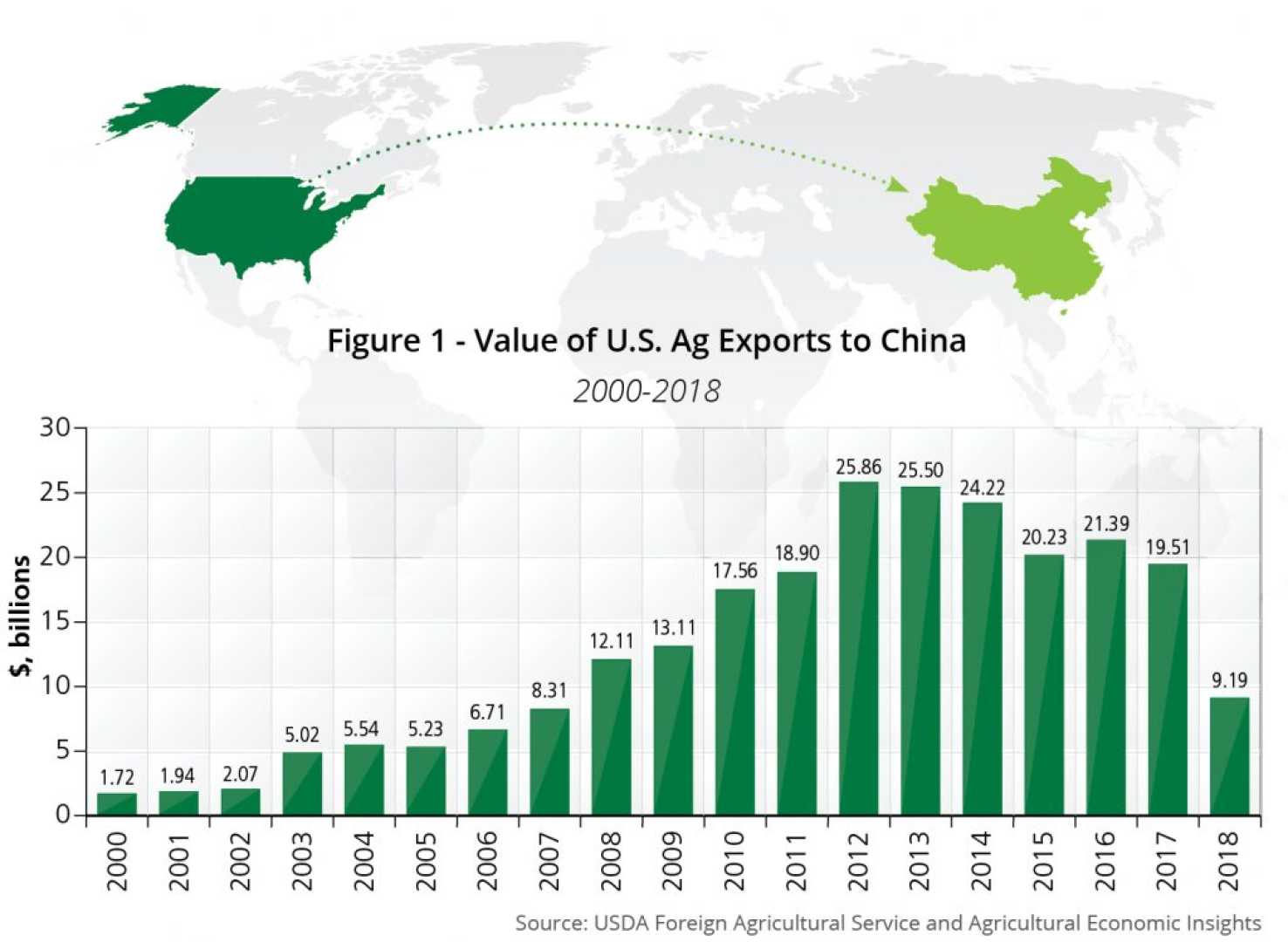Business
China Vows to Fight Back Against New U.S. Tariffs Amid Trade War Escalation

WASHINGTON, D.C. — President Donald Trump has escalated the ongoing trade war by imposing a staggering 145% tariff on Chinese imports, while pausing similar levies on other nations. This decision was made despite previous indications of a shift in his trade strategy, raising concerns about potential repercussions for U.S. farmers and the broader economy.
In response to these measures, China has vowed to ‘fight to the end,’ intensifying its own tariffs on U.S. goods, which recently increased to 125%. The trade war shows no signs of abating, as both countries brace for a prolonged economic standoff.
According to recent analyses, American farmers, particularly soybean producers, are likely to bear the brunt of these tariffs. Soybeans are a major U.S. export, with China being the primary destination, accounting for over 22 million metric tons in the 2024-25 season. However, U.S. soybean exports are now subject to a combined 135% tariff due to Trump’s latest measures, including a 10% tariff previously imposed.
This situation is eerily reminiscent of the first trade war, when U.S. agricultural exports to China plummeted. In 2018, American farmers lost approximately $27 billion due to tariffs, with soybeans taking the hardest hit. Brazil subsequently emerged as a key beneficiary, with Chinese imports of soybeans from Brazil surging over 280% since 2010.
Trump’s current policy comes at a time when many U.S. farmers are still recovering from prior trade disputes. Caleb Ragland, president of the American Soybean Association and a Kentucky farmer, expressed deep concern over the renewed tariffs. ‘I am one of the 500,000 soybean farmers in America who feels the pain. I rely on my own farm for 100% of the income for my family and the families of our three full-time workers,’ he stated.
While advocating for an urgent resolution, Ragland emphasized that the continuation of this trade war could decimate the agricultural sector. ‘The longer the stalemate continues, the likelier China is to take its business elsewhere – like Brazil,’ he warned, noting that Brazilian production could increase significantly in the coming years.
China’s retaliatory tariffs pose a significant threat not only to U.S. farmers but to other sectors as well, with potential ripple effects leading to increased consumer prices for everyday goods. With China representing nearly half of U.S. soybean exports, analysts predict significant implications for Americans, from rising grocery bills to affected manufacturing sectors reliant on inexpensive Chinese imports.
Despite the gravity of the situation, some farmers continue to support Trump, hoping that his business acumen will eventually lead to favorable trade outcomes. A farmer from North Carolina noted the uncertainty surrounding the administration’s direction: ‘There’s a lot of uncertainty. You don’t know which direction the president is really thinking at this time.’
As discussions around tariff negotiations resurface, analysts emphasize the importance of restoring trade relations. ‘Trade and demand are vital for American farmers,’ stated Carlos Mera, head of Agricultural Market Research at Rabobank. ‘Without international markets, farmers face significant risks to their survival.’
The White House has not yet announced a clear path forward regarding outreach to U.S. trading partners. Trump’s policies remain a double-edged sword, simultaneously aiming to bolster American manufacturing while potentially harming the very constituents who supported him. The situation continues to unfold as farmers and consumers alike wait for clarity on the future of U.S.-China trade relations.












